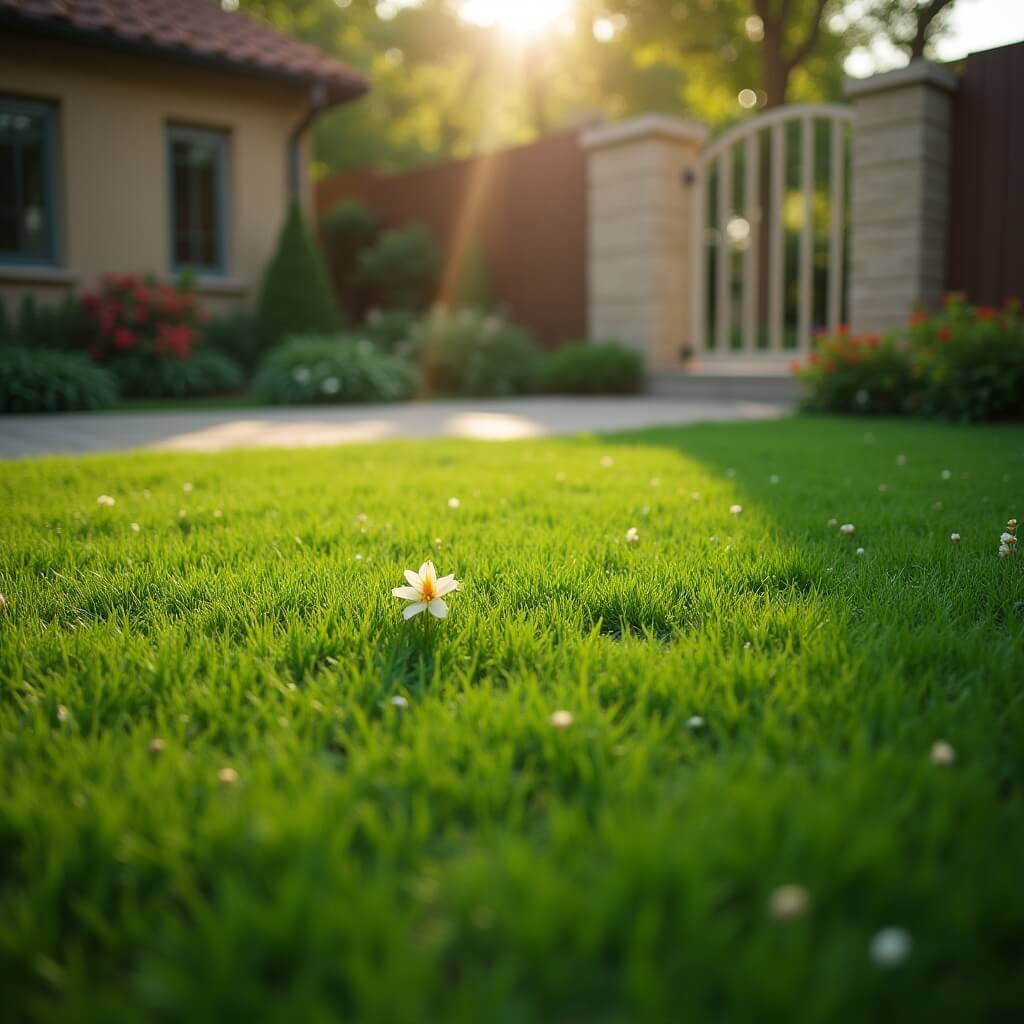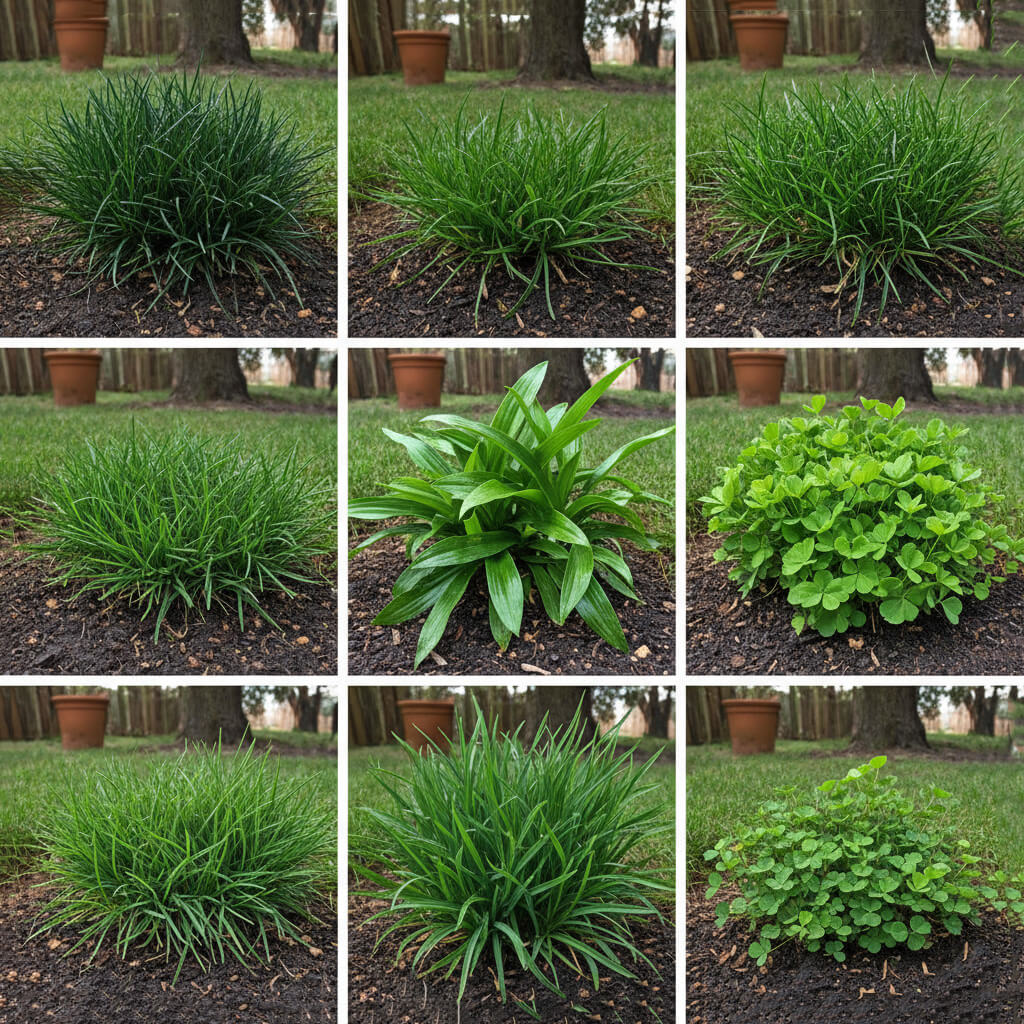Table of Contents
Why Proper Grass Identification Matters
Knowing your grass type is essential for effective lawn care. Different grass kinds have specific needs for watering, fertilizing, mowing height, and seasonal upkeep. Every blade tells a story, and understanding that story is key to creating the perfect lawn.
"A lawn is only as healthy as your understanding of its needs."
Without knowing your grass type, you could be:
- Watering incorrectly: Cool-season grasses need different watering schedules than warm-season varieties
- Mowing at the wrong height: Each grass type has an optimal cutting height for health and appearance
- Fertilizing improperly: Nutrient timing and type vary significantly between grass species
- Missing seasonal care windows: Overseeding, dethatching, and other tasks depend on grass type
Pro Tip
Use the grass identifier app to instantly identify your grass type with AI-powered photo recognition, then get personalized care recommendations.
Key Blade Characteristics to Examine
Blade Width
Fine Blades (1-2mm)
Kentucky Bluegrass, Fine Fescue, Perennial Ryegrass
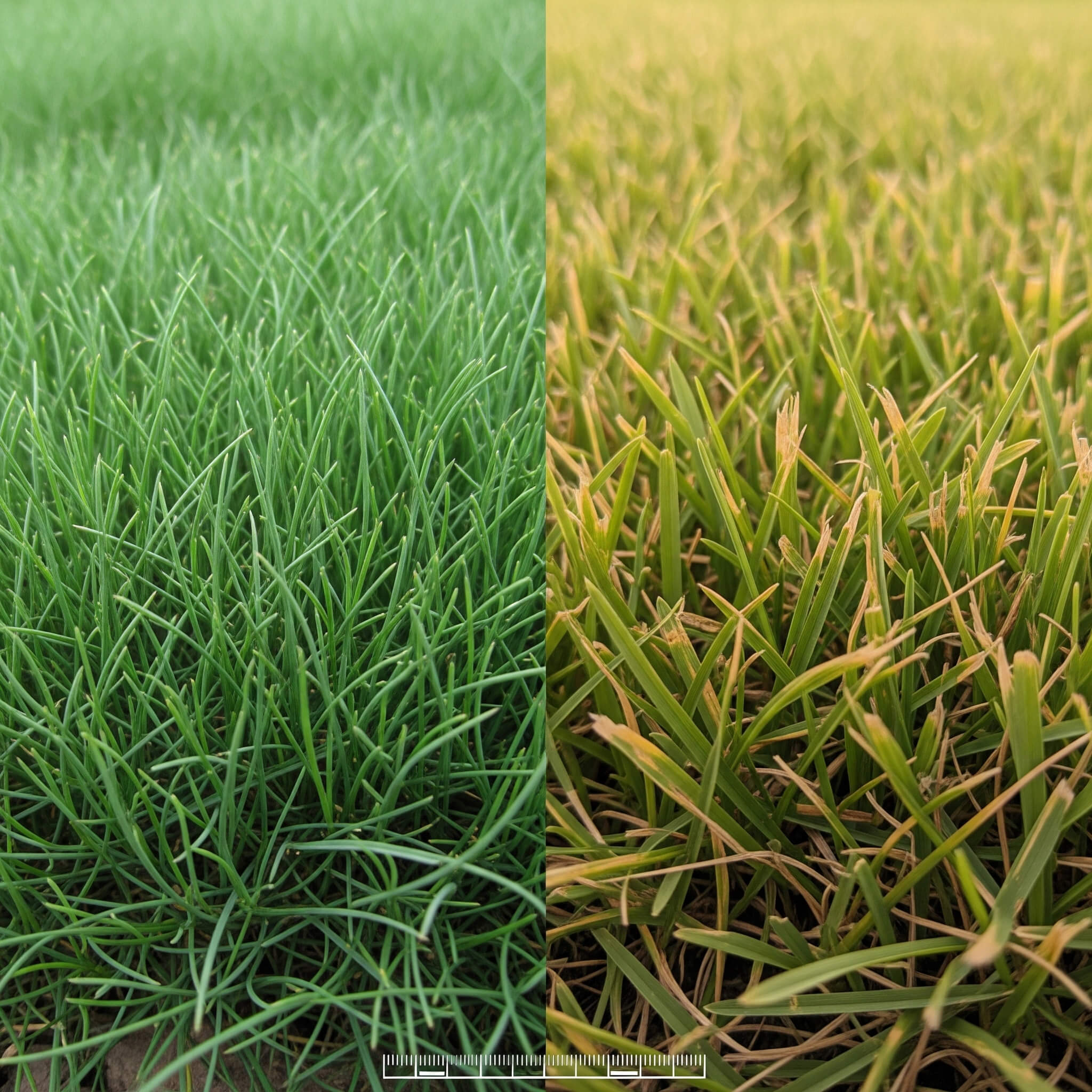
Medium Blades (2-4mm)
Tall Fescue, Bermuda Grass (some varieties)
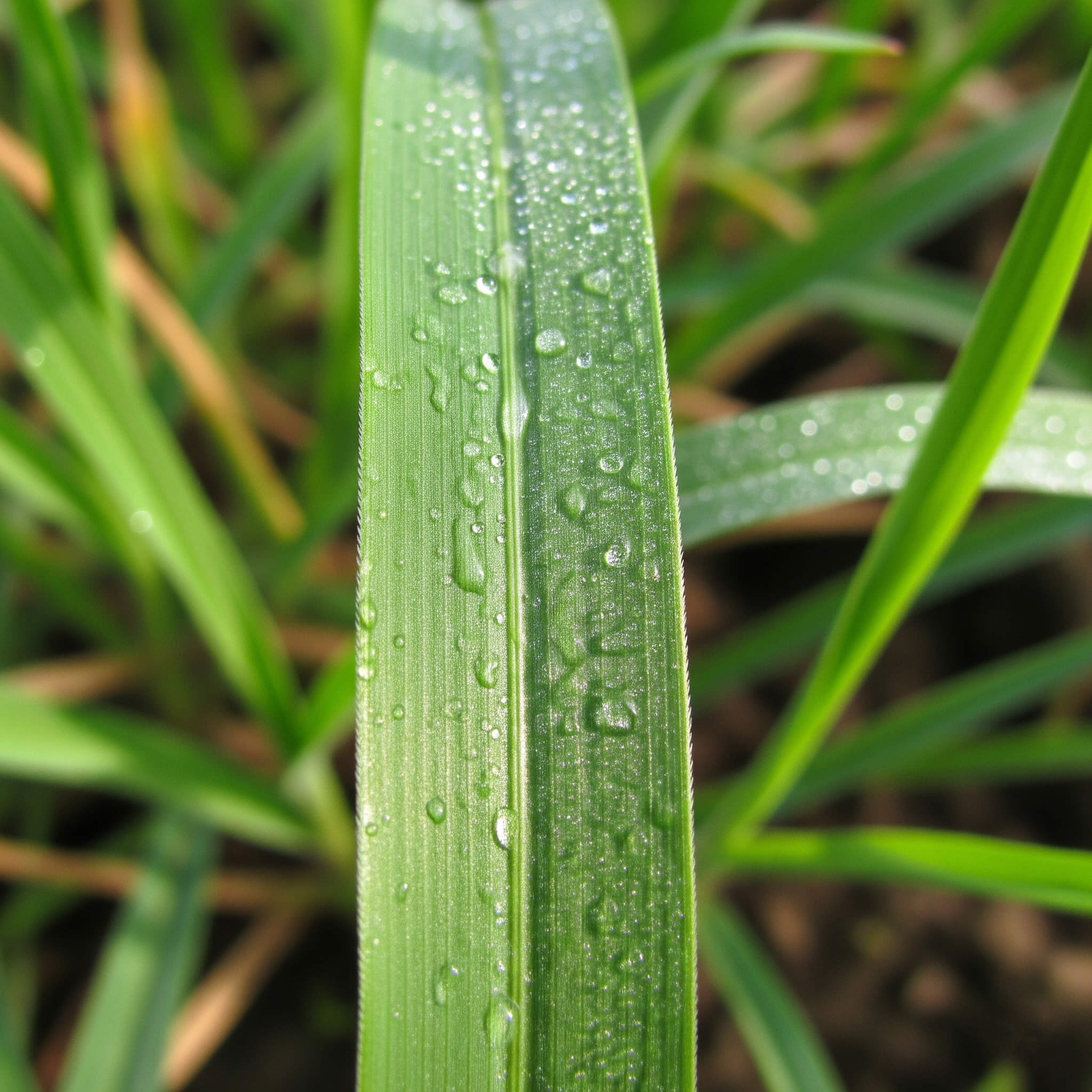
Wide Blades (4mm+)
St. Augustine, Zoysia, Buffalo Grass
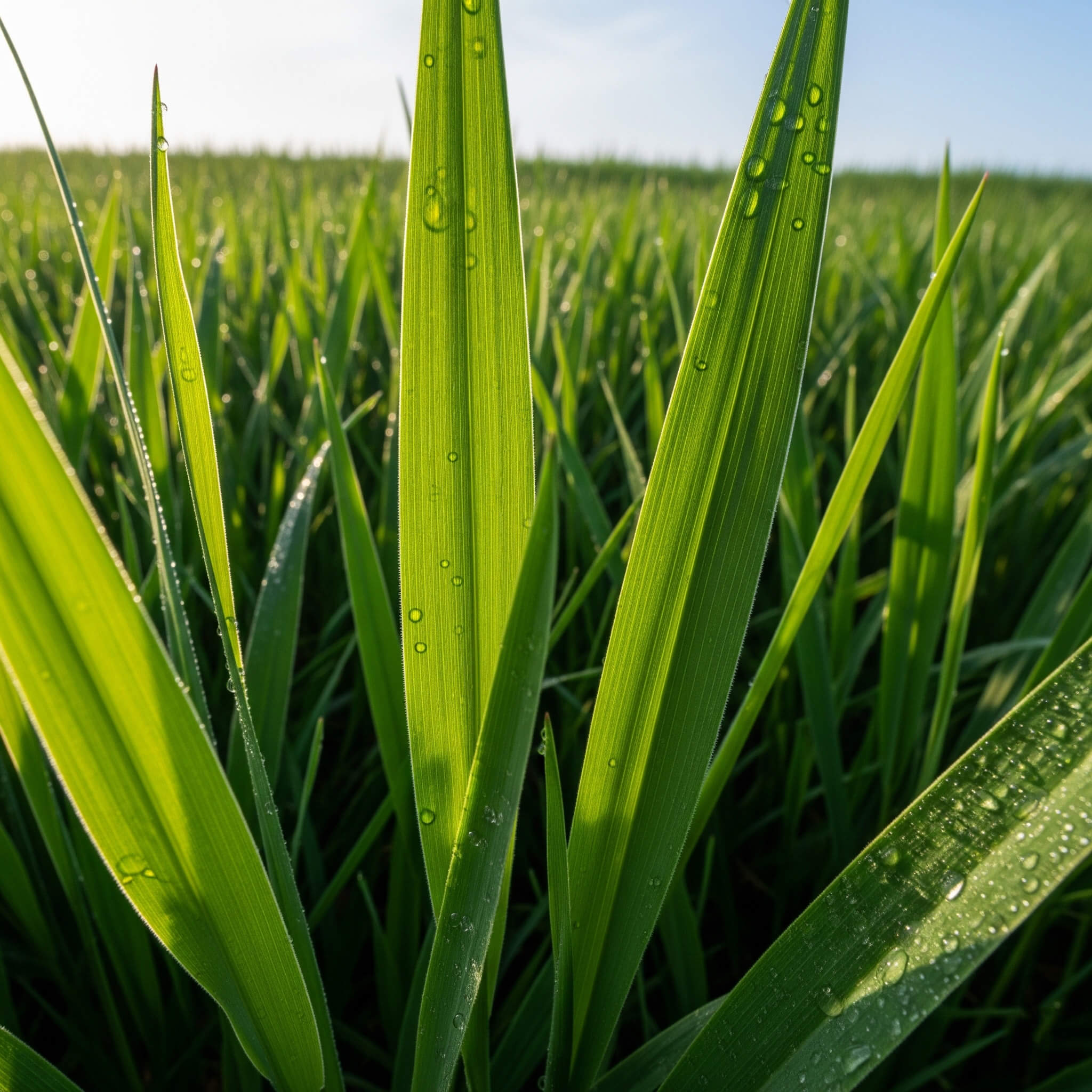
Blade Tip Shape
Pointed Tips
Kentucky Bluegrass, Bermuda Grass, Zoysia
- Sharp, needle-like points
- Often fold along the midrib
- Common in cool and warm-season grasses
Rounded Tips
St. Augustine, Buffalo Grass
- Blunt, rounded blade ends
- Often wider overall blade
- Typically warm-season varieties
Texture and Feel
Soft & Smooth
Examples: Kentucky Bluegrass, Perennial Ryegrass
Pleasant to walk barefoot on, with a fine texture and soft feel.
Coarse & Rough
Examples: Tall Fescue, St. Augustine
Thicker blades, more durable, slightly rough texture
Dense & Springy
Examples: Zoysia, Bermuda Grass
Thick growth, bounces back quickly when stepped on
Growth Patterns & Spreading Characteristics
Bunch-Type Grasses
These grasses grow in clumps and don't spread via runners:
- Tall Fescue: Large, dense clumps with deep roots
- Perennial Ryegrass: Smaller clumps, quick to establish
- Fine Fescue: Thin, delicate clumps in shaded areas
Spreading Grasses
These grasses spread via stolons (above ground) or rhizomes (underground):
- Kentucky Bluegrass: Spreads via rhizomes, forms dense carpet
- Bermuda Grass: Aggressive spreader via both stolons and rhizomes
- St. Augustine: Spreads via stolons, creates thick mat
- Zoysia: Slow spreading via rhizomes, very dense when established
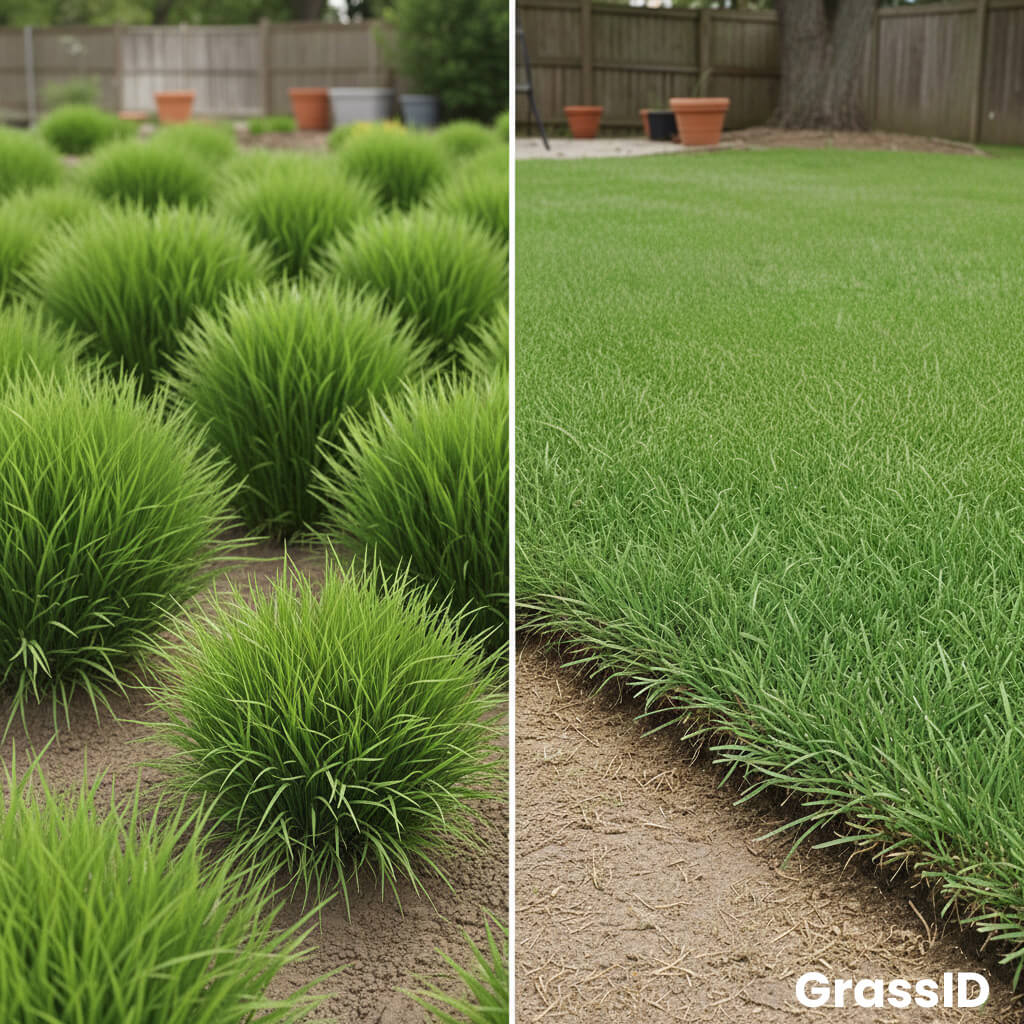
Common Grass Types Identification Guide
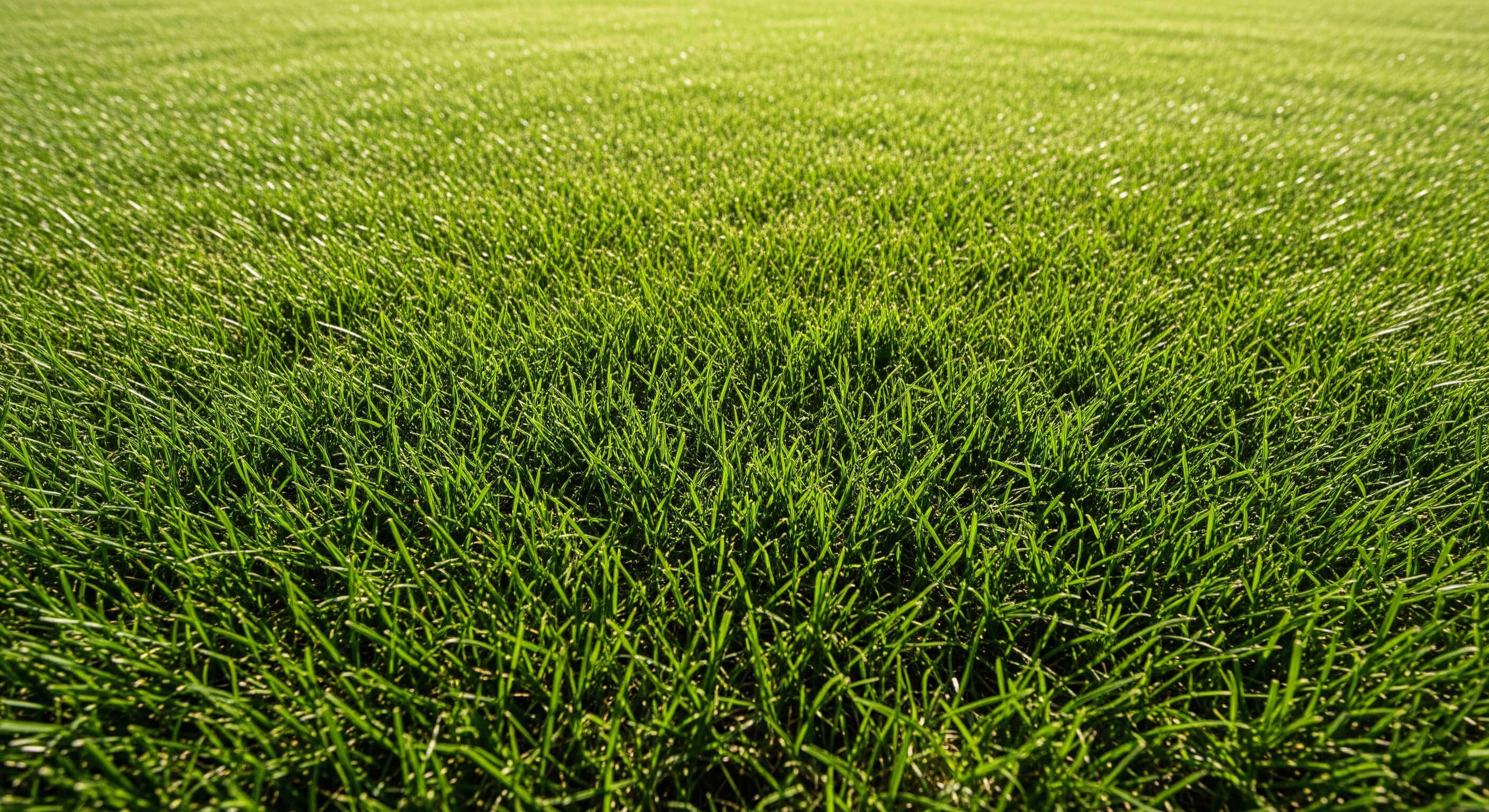
Bermuda Grass
Type: Warm-season
Blade: Fine to medium, pointed
Color: Dark green to blue-green
Growth: Dense, aggressive spreading
Key Features: Visible nodes on stolons, drought tolerant
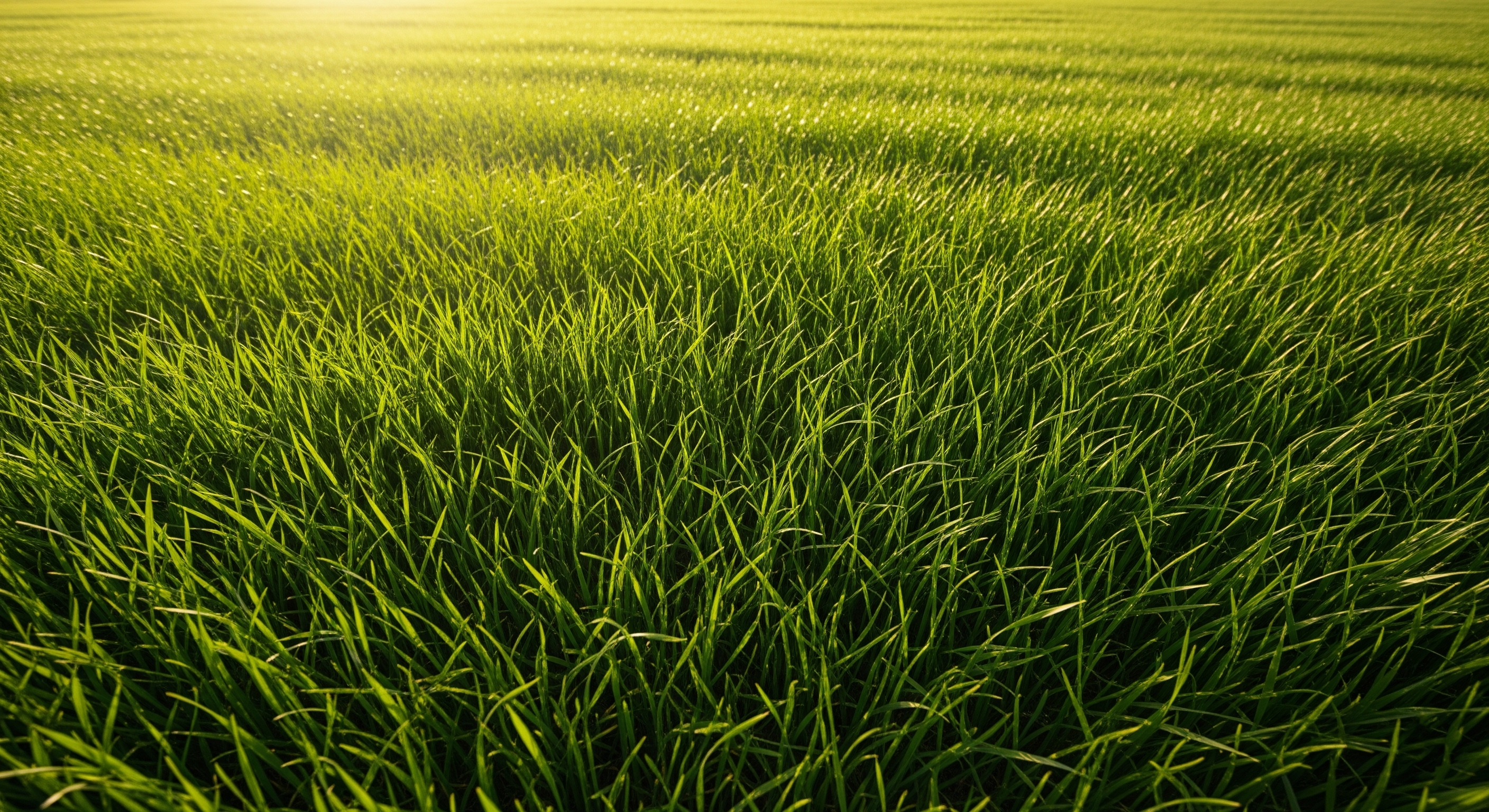
Kentucky Bluegrass
Type: Cool-season
Blade: Fine, boat-shaped tip
Color: Rich blue-green
Growth: Rhizome spreading, self-repairing
Key Features: Distinctive boat-shaped blade tip, soft texture
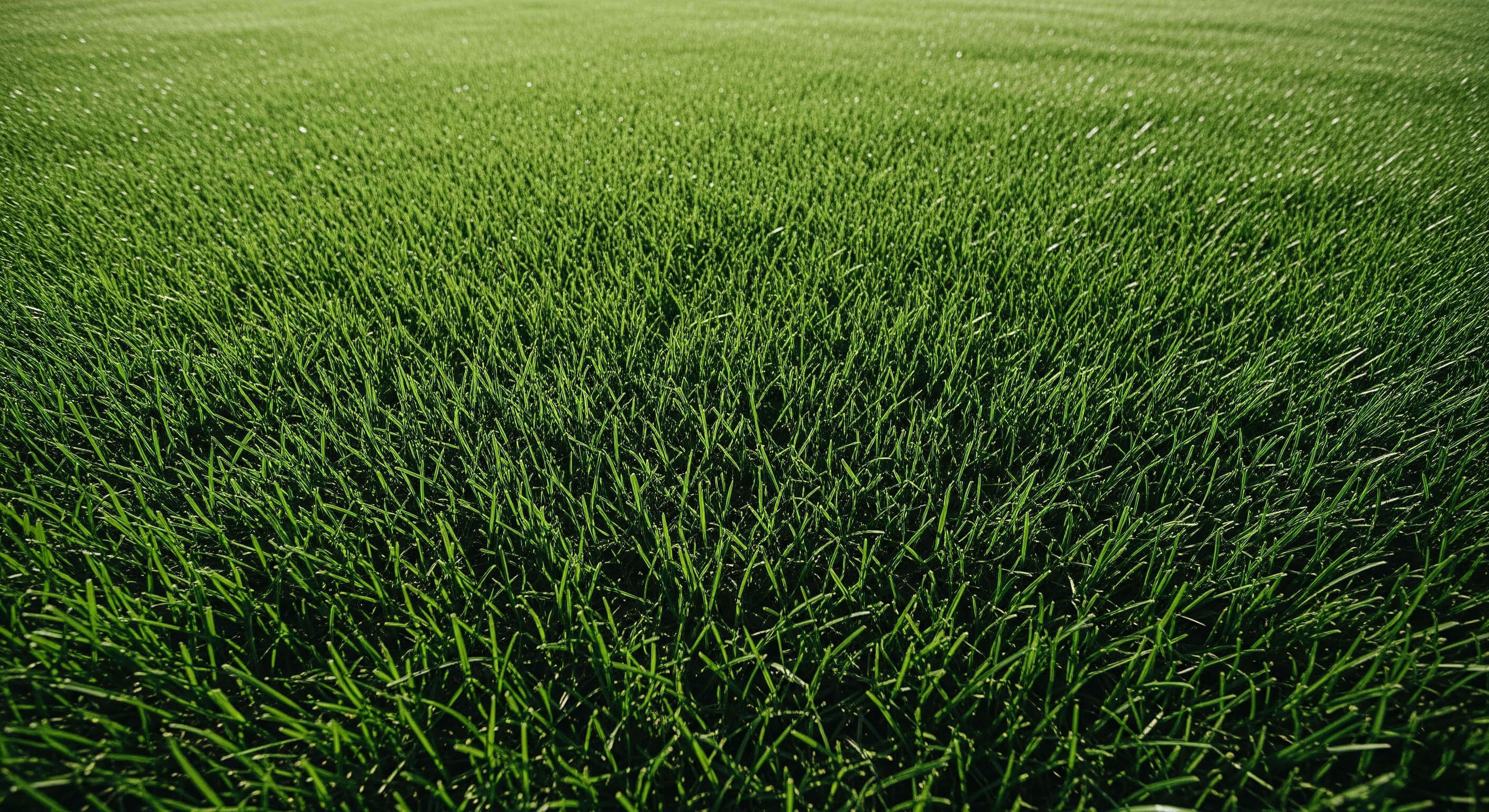
St. Augustine Grass
Type: Warm-season
Blade: Wide, rounded tip
Color: Blue-green to dark green
Growth: Thick stolons, forms dense mat
Key Features: Broad blades, visible stolons, shade tolerant
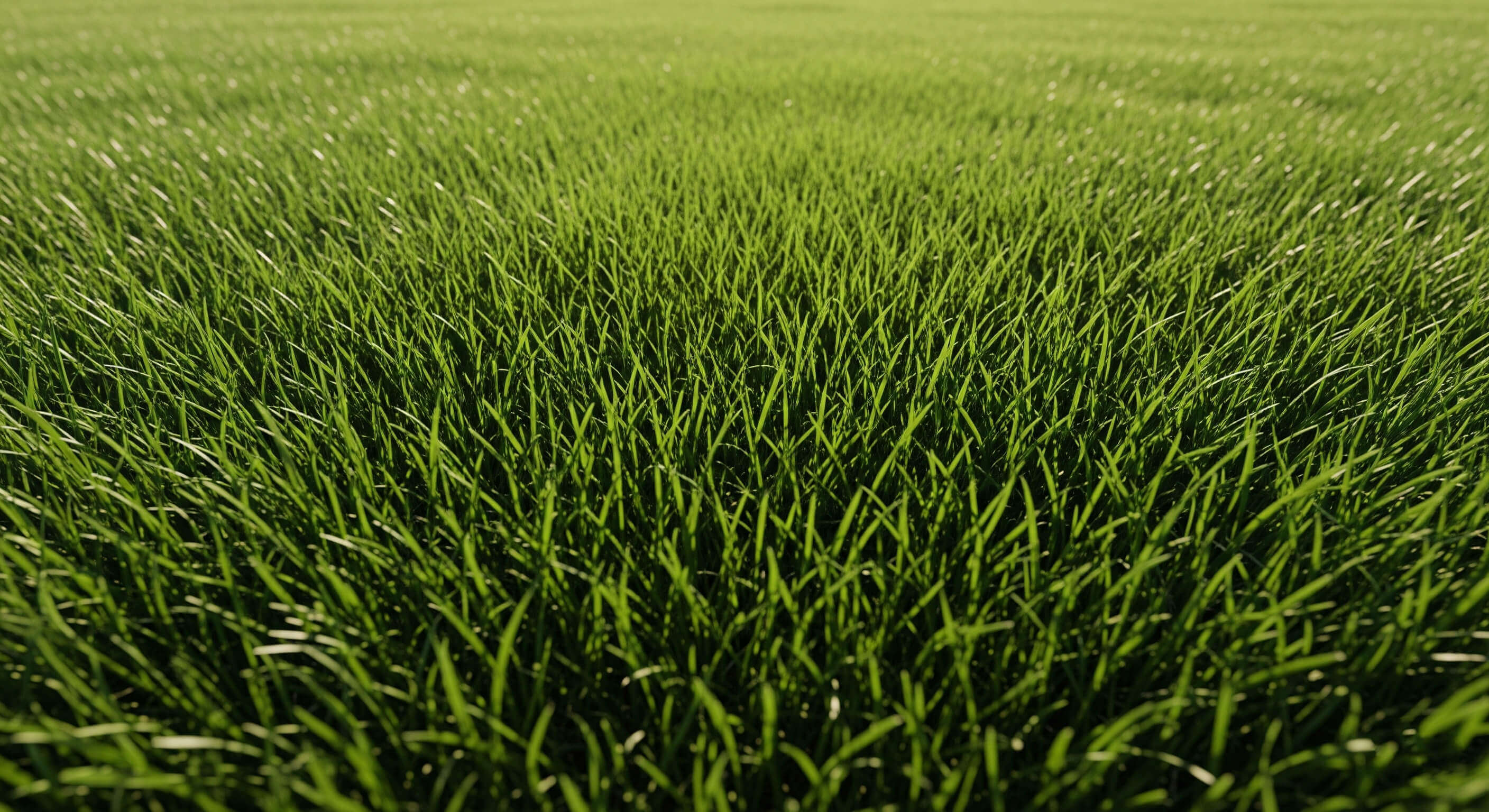
Tall Fescue
Type: Cool-season
Blade: Wide, coarse texture
Color: Medium to dark green
Growth: Bunch-type, deep rooted
Key Features: Tough, wear-resistant, drought tolerant
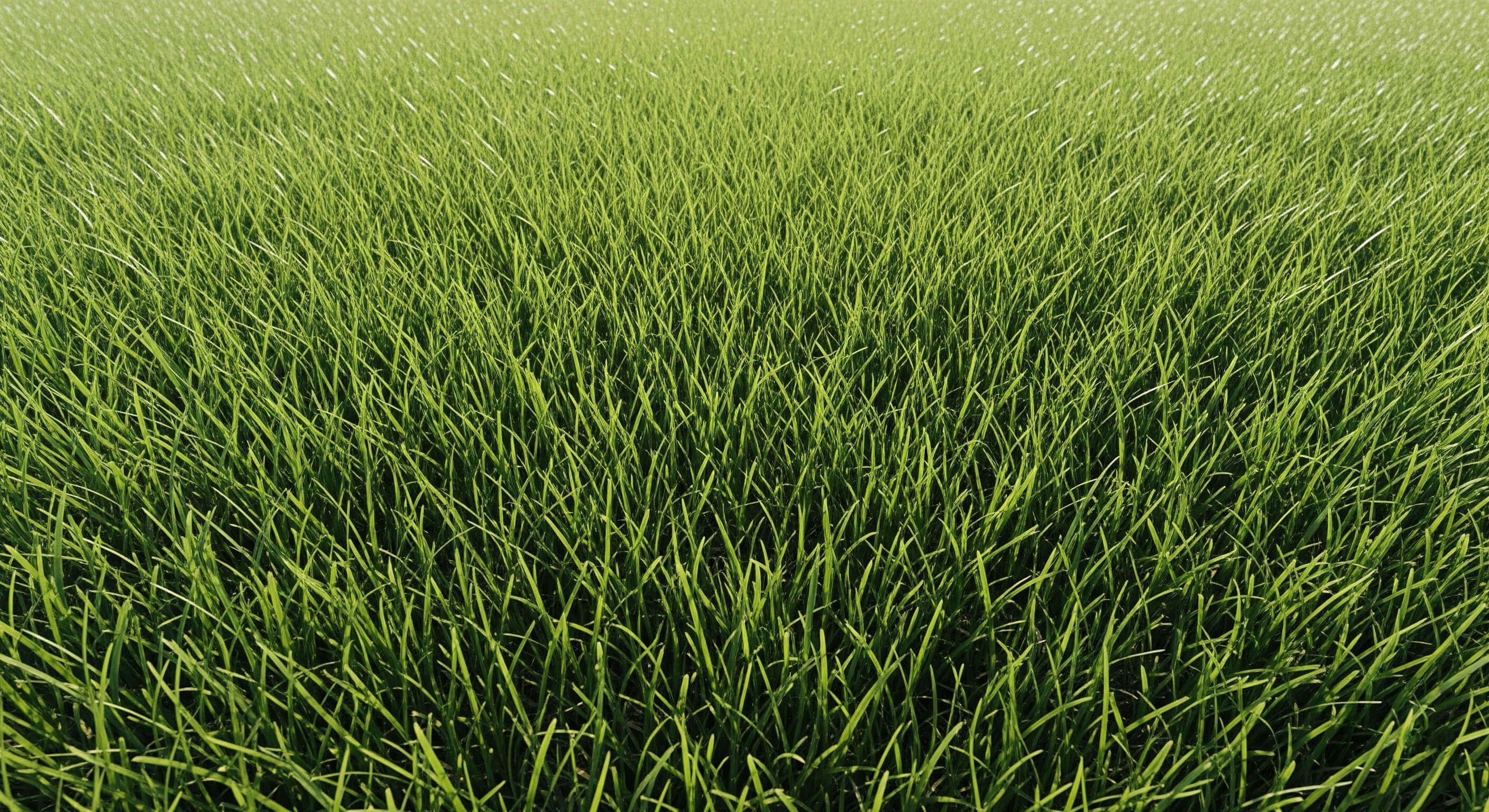
Zoysia Grass
Type: Warm-season
Blade: Fine to medium, pointed
Color: Medium green
Growth: Dense, slow spreading
Key Features: Very dense, wiry feel, slow establishment
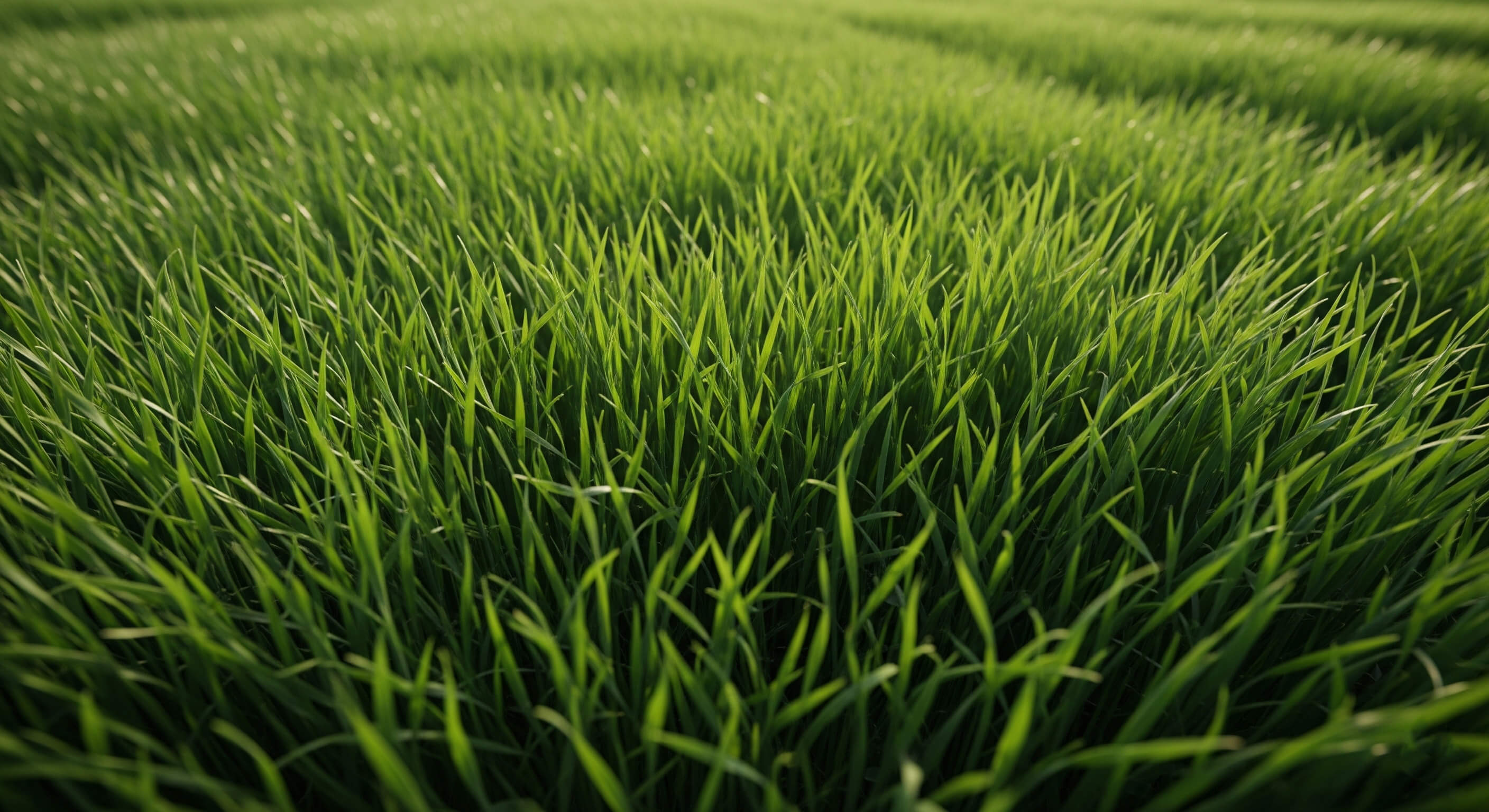
Perennial Ryegrass
Type: Cool-season
Blade: Fine, glossy surface
Color: Medium to dark green
Growth: Bunch-type, quick germination
Key Features: Shiny underside, folds easily, fast growing
Seasonal Identification Tips
Spring Identification
- Cool-season grasses green up first (March-April)
- Warm-season grasses may still be dormant and brown
- Look for new growth patterns and blade emergence
- Best time to identify cool-season varieties
Summer Identification
- Warm-season grasses at peak growth and color
- Cool-season grasses may show stress or dormancy
- Observe drought tolerance and heat performance
- Best time to identify warm-season varieties
Fall Identification
- Cool-season grasses recover and show active growth
- Warm-season grasses begin slowing growth
- Good time for overall assessment
- Observe color retention differences
Winter Identification
- Cool-season grasses may stay green (depending on region)
- Warm-season grasses typically dormant and brown
- Limited identification opportunities
- Focus on evergreen vs dormant characteristics
Tools & Apps for Grass Identification
Digital Tools
Grass Identifier Mobile App
AI-powered instant grass identification with your smartphone camera. Get species identification along with personalized care advice.
Manual Identification Methods
Visual Inspection
Examine the blade width, tip shape, texture, and growth patterns as outlined above.
Feel Test
Run your hand through the grass to feel its texture. Soft, coarse, or springy.
Growth Pattern Analysis
Watch to see if grass grows in clumps or spreads through runners.
Seasonal Observation
Note when grass turns green in spring and goes dormant in winter.
Frequently Asked Questions
What are the most common grass types in North America?
The most common grass types include Bermuda grass, Kentucky Bluegrass, St. Augustine grass, Zoysia grass, Tall Fescue, and Perennial Ryegrass. Each has unique characteristics that allow identification through careful observation of blade width, tip shape, growth pattern, and seasonal behavior.
How can I distinguish between warm-season and cool-season grasses?
Cool-season grasses grow actively in spring and fall (60-75°F), have narrow blades, and include fescue and bluegrass varieties. Warm-season grasses thrive in summer heat (75-90°F), often have wider blades, and include Bermuda, St. Augustine, and Zoysia. The timing of green-up in spring is the clearest indicator.
What should I consider when identifying grass blade features?
Key blade characteristics include width (fine, medium, or wide), tip shape (pointed or rounded), texture (smooth or rough), color variations, and the presence of a visible midrib or fold line down the center. The combination of these features creates a unique signature for each grass type.
Can I identify grass type from a photo?
Yes, modern AI technology can accurately identify grass types from photos. The GrassID app uses advanced image recognition to analyze blade features, growth patterns, and other visual cues to deliver instant identification results along with care advice.
What's the best time of year to identify grass type?
Late spring through early fall offers the best chances for identifying grasses when they are actively growing. For cool-season grasses, spring and fall are the best times. For warm-season grasses, summer shows the clearest identification when they are at their peak growth and color.

